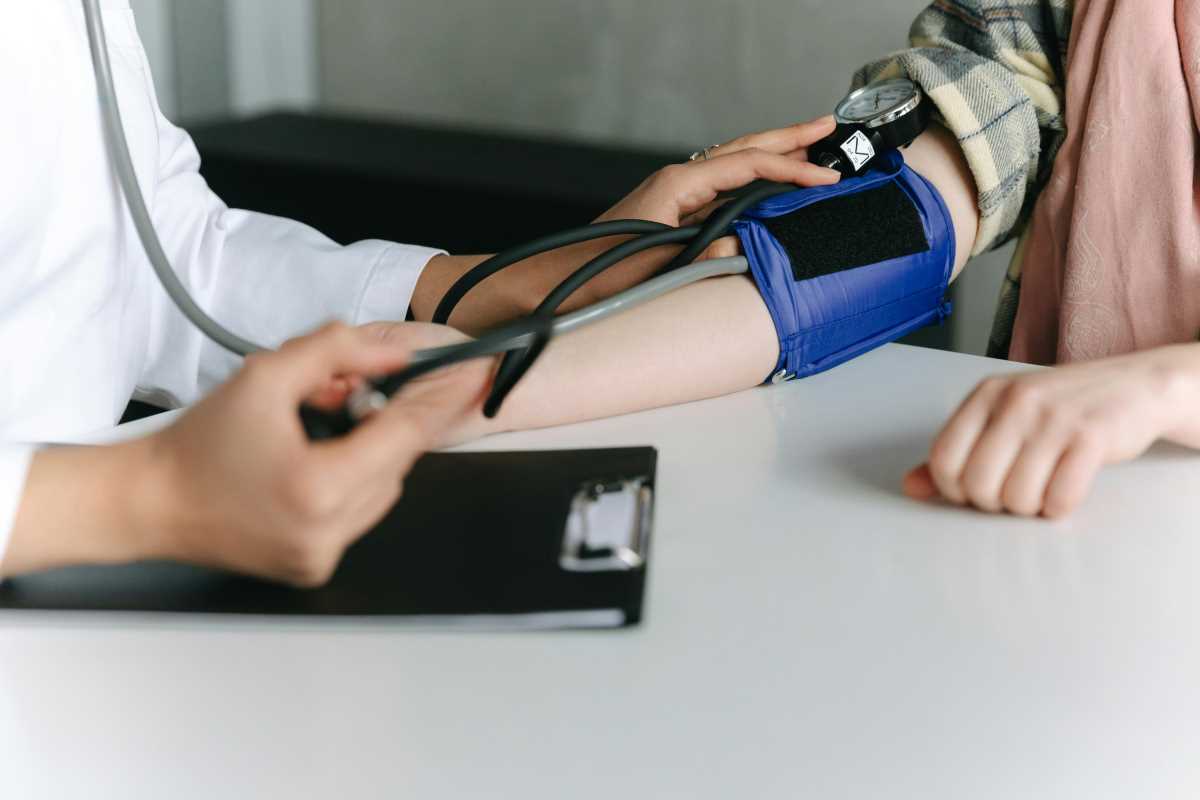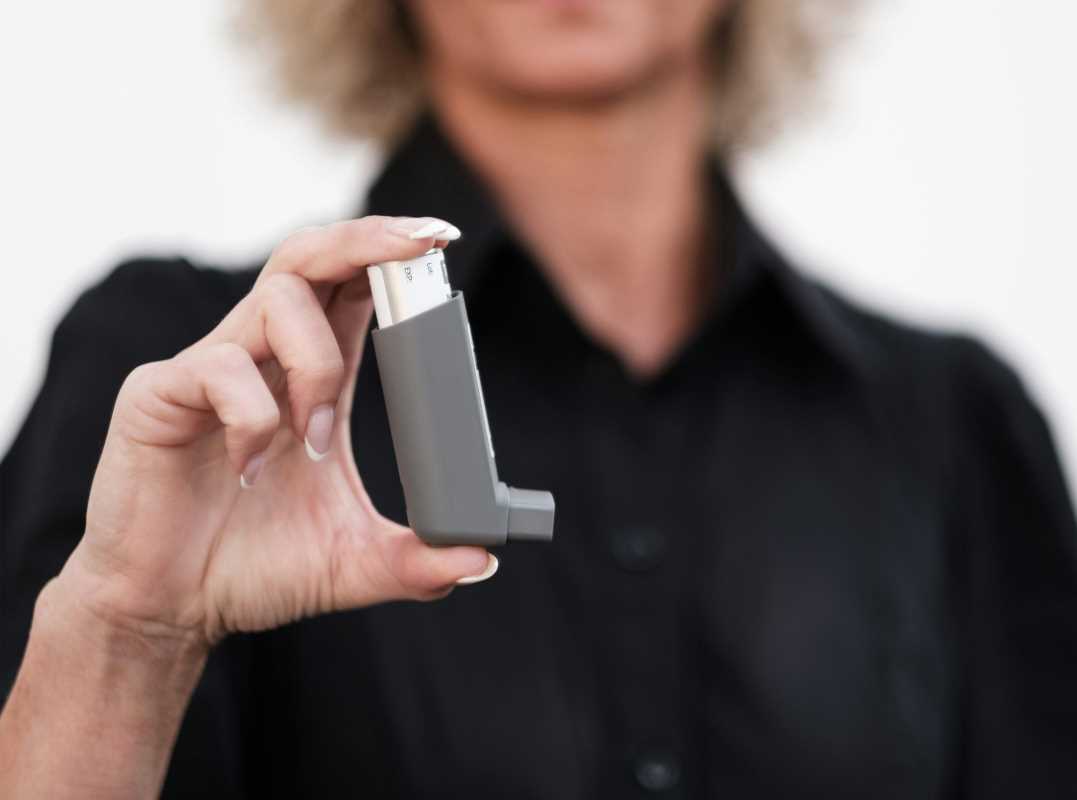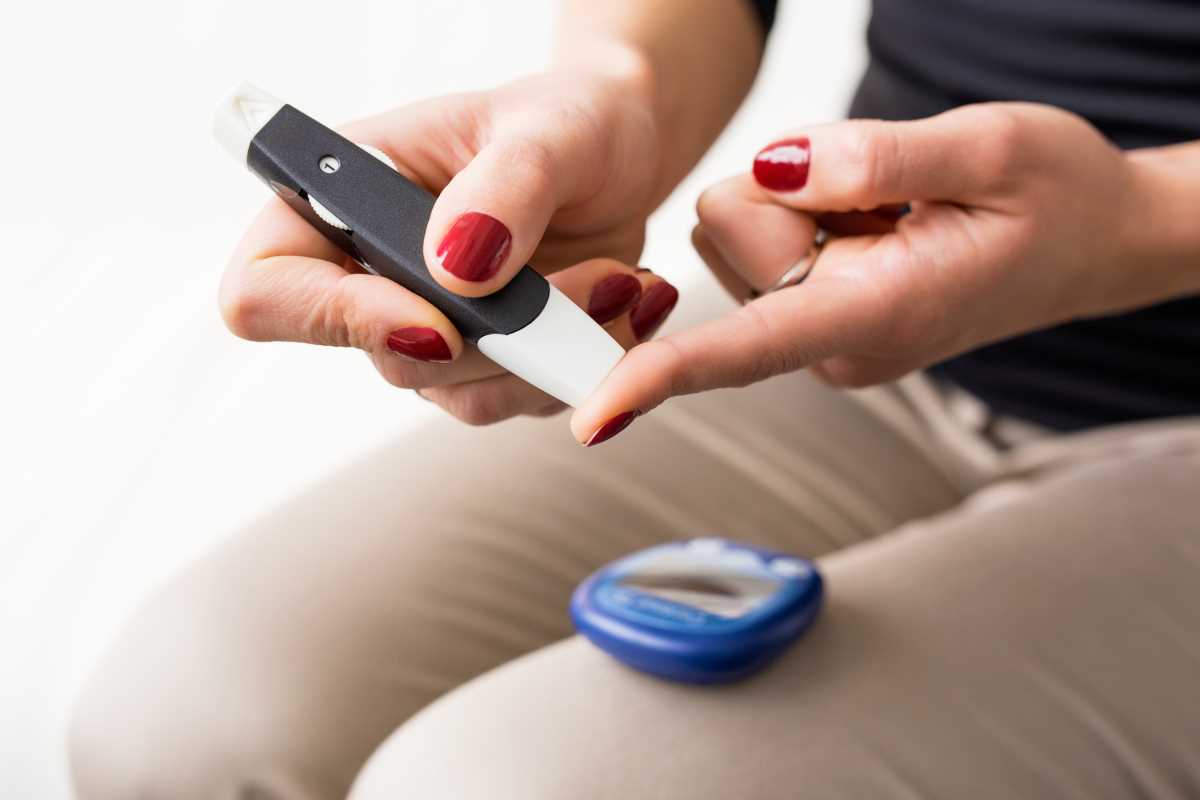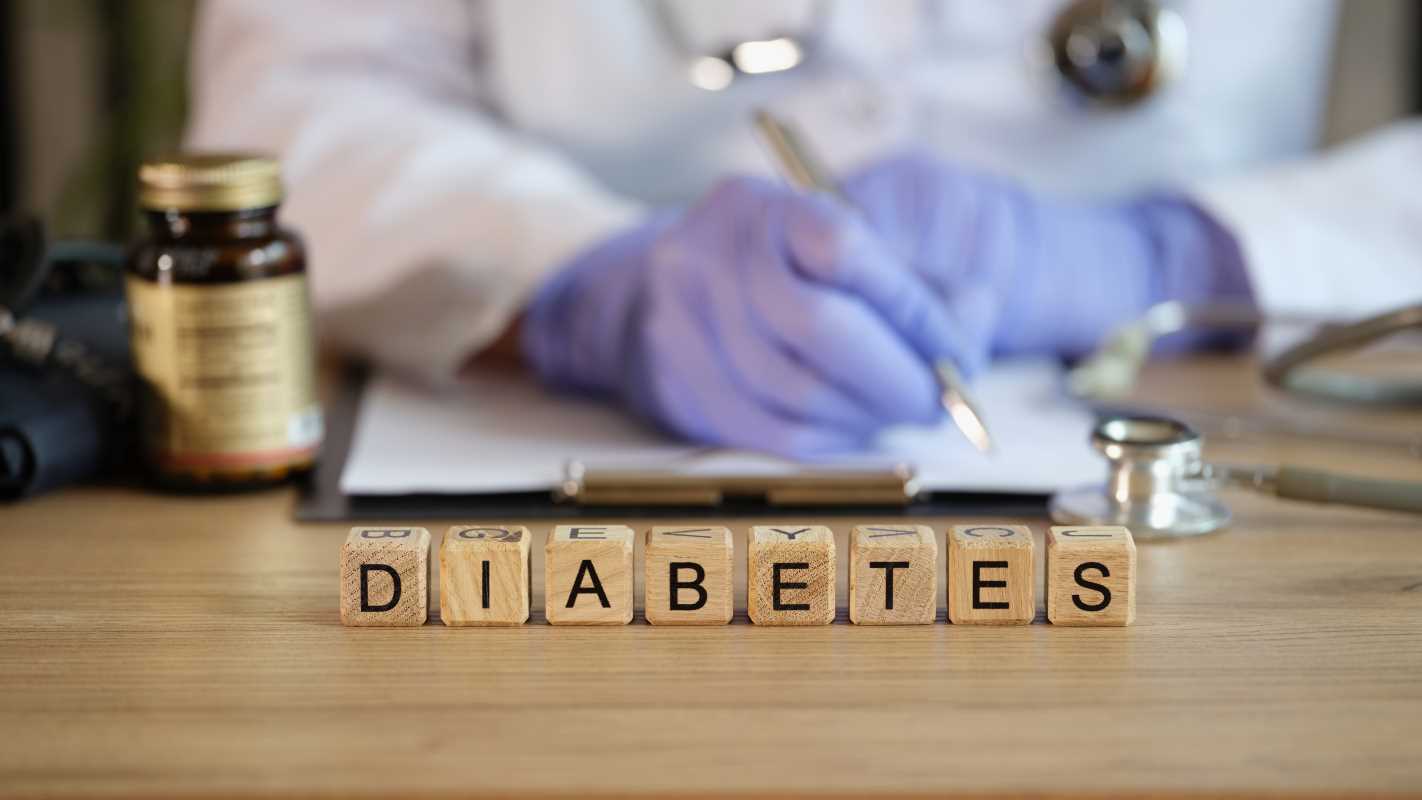Blood pressure might seem like just two numbers your doctor rattles off during checkups, but these figures tell a crucial story about your cardiovascular health. If you're navigating your 40s, 50s, or beyond, understanding what those numbers mean—and how the guidelines have changed—can make a real difference in your long-term wellness.
The landscape of blood pressure management has shifted significantly over the past decade. What was considered "normal" a few years ago might now put you in a category that requires attention. Don't worry though—we're here to break down everything you need to know about current blood pressure guidelines in plain English.
The Current Blood Pressure Categories Explained
Today's blood pressure guidelines, updated by the American Heart Association and American College of Cardiology in 2017, are more precise than ever. Here's what your readings actually mean:
Normal Blood Pressure
Reading: Less than 120/80 mmHg
This is the sweet spot where you want to be. When your systolic pressure (the top number) stays below 120 and your diastolic pressure (the bottom number) remains under 80, your cardiovascular system is functioning well. At this level, your heart doesn't have to work overtime to pump blood through your arteries.
Elevated Blood Pressure
Reading: 120-129 systolic and less than 80 diastolic
Think of this as a yellow traffic light—not quite dangerous, but definitely time to pay attention. You're not technically hypertensive yet, but you're heading in that direction. This stage responds really well to lifestyle changes, and you might avoid medication altogether with the right approach.
Stage 1 Hypertension
Reading: 130-139 systolic or 80-89 diastolic
Now we're in hypertension territory. Your doctor will likely recommend lifestyle modifications and may consider medication, especially if you have other risk factors like diabetes or a family history of heart disease. This stage affects millions of Americans, and many don't even realize they have it.
Stage 2 Hypertension
Reading: 140/90 mmHg or higher
This level requires prompt medical attention. You'll almost certainly need medication along with lifestyle changes. The risk of heart attack, stroke, and other complications increases significantly at this stage, but effective treatments can bring your numbers back to a healthier range.
Hypertensive Crisis
Reading: Higher than 180/120 mmHg
This is a medical emergency. If your blood pressure reaches these levels, you need immediate medical care. Don't wait—call 911 or get to an emergency room right away.
How Blood Pressure Guidelines Have Evolved
The story of blood pressure guidelines is fascinating and shows how medical understanding continues to advance. For decades, the medical community used the "rule of 100 plus your age" for systolic pressure—meaning a 70-year-old with a systolic reading of 170 was considered normal. We now know this approach put millions at unnecessary risk.
The 2017 Watershed Moment
The biggest change came in 2017 when major medical organizations lowered the threshold for hypertension from 140/90 to 130/80 mmHg. This wasn't an arbitrary decision—it was based on extensive research showing that cardiovascular events begin occurring at lower blood pressure levels than previously thought.
The landmark SPRINT study, which followed over 9,000 adults, demonstrated that maintaining systolic pressure below 120 mmHg reduced the risk of heart attack, stroke, and death by about 25% compared to the previous target of below 140 mmHg.
Why the Change Matters
These updated guidelines mean that nearly half of American adults now have high blood pressure—a jump from about one-third under the old standards. While this might sound alarming, it's actually good news. We're identifying cardiovascular risk earlier, when lifestyle interventions are most effective.
For people in their 40s and 50s, this early identification is particularly valuable. Your body is still resilient enough to respond well to changes in diet, exercise, and stress management. Catching elevated blood pressure now can prevent serious complications down the road.
The Science Behind the Numbers
Understanding why these specific numbers matter can help you take them more seriously. Blood pressure represents the force your blood exerts against artery walls. The systolic pressure (top number) measures this force when your heart beats, while diastolic pressure (bottom number) measures the force between beats.
When these pressures stay elevated, several things happen:
- Your arteries develop microscopic tears from the constant force
- These tears create spots where cholesterol and other substances can stick
- Over time, this buildup narrows arteries and restricts blood flow
- Your heart works harder to pump blood through narrowed passages
- Eventually, this extra work can lead to heart failure, heart attack, or stroke
Mastering Home Blood Pressure Monitoring
One of the most empowering things you can do is learn to monitor your blood pressure at home. This gives you valuable data between doctor visits and helps identify patterns that office readings might miss.
Choosing the Right Equipment
Invest in a validated automatic cuff monitor with an appropriately sized cuff. The cuff should cover about 80% of your upper arm's circumference. If you're between sizes, go with the larger cuff—it's more accurate than one that's too small.
Skip the wrist and finger monitors. While convenient, they're less reliable than upper arm cuffs. The American Heart Association recommends upper arm monitors for the most accurate readings.
Proper Measurement Technique
Getting accurate readings requires attention to detail:
- Sit quietly for five minutes before measuring
- Use the bathroom first—a full bladder can raise readings
- Sit with your back supported and feet flat on the floor
- Position your arm at heart level
- Don't talk during the measurement
- Take two readings one minute apart and record the average
When to Measure
Take readings at the same times each day, ideally in the morning before medication and in the evening before dinner. Avoid measuring right after exercise, smoking, or drinking caffeine—these can temporarily spike your numbers.
Lifestyle Strategies That Actually Work
The encouraging news about elevated blood pressure is how well it responds to lifestyle modifications. You have more control over these numbers than you might think.
The DASH Diet Advantage
The Dietary Approaches to Stop Hypertension (DASH) eating plan has been proven to lower blood pressure naturally. Focus on:
- Plenty of fruits and vegetables (aim for 4-5 servings of each daily)
- Whole grains instead of refined carbohydrates
- Lean proteins like fish, poultry, and legumes
- Low-fat dairy products
- Nuts and seeds in moderation
- Limited sodium (under 2,300 mg daily, ideally under 1,500 mg)
Movement as Medicine
Regular physical activity acts like a natural blood pressure medication. You don't need to become a marathon runner—even moderate exercise makes a difference. Aim for at least 150 minutes of moderate-intensity activity weekly, such as brisk walking, swimming, or cycling.
Strength training twice a week also helps. As you build muscle, your cardiovascular system becomes more efficient, often leading to lower resting blood pressure.
Stress Management Techniques
Chronic stress keeps your blood pressure elevated, so developing healthy coping strategies is essential. Consider:
- Deep breathing exercises (even five minutes daily helps)
- Regular meditation or mindfulness practice
- Adequate sleep (7-9 hours nightly)
- Time in nature
- Hobbies that help you unwind
- Social connections with family and friends
The Weight Connection
Losing even 5-10 pounds can make a meaningful difference in your blood pressure readings. Focus on sustainable changes rather than dramatic diets—gradual weight loss tends to stay off and provides lasting cardiovascular benefits.
When to Seek Professional Help
While lifestyle changes are powerful, sometimes you need additional support. Schedule an appointment with your healthcare provider if:
- Your home readings consistently show elevated or high blood pressure
- You experience symptoms like severe headaches, chest pain, or shortness of breath
- Your blood pressure varies dramatically from day to day
- Lifestyle changes aren't bringing your numbers down after 3-6 months
- You're having trouble sticking to recommended lifestyle modifications
Working with Your Healthcare Team
Come to appointments prepared with your home blood pressure log and questions about your readings. Don't hesitate to ask about:
- Your personal blood pressure targets
- Whether you need medication
- How often you should monitor at home
- Signs that warrant immediate medical attention
- Resources for lifestyle modification support
Disclaimer: The content provided on SuperHealthyTips is for informational and educational purposes only. This information is not intended to be a substitute for professional medical advice, diagnosis, or treatment.
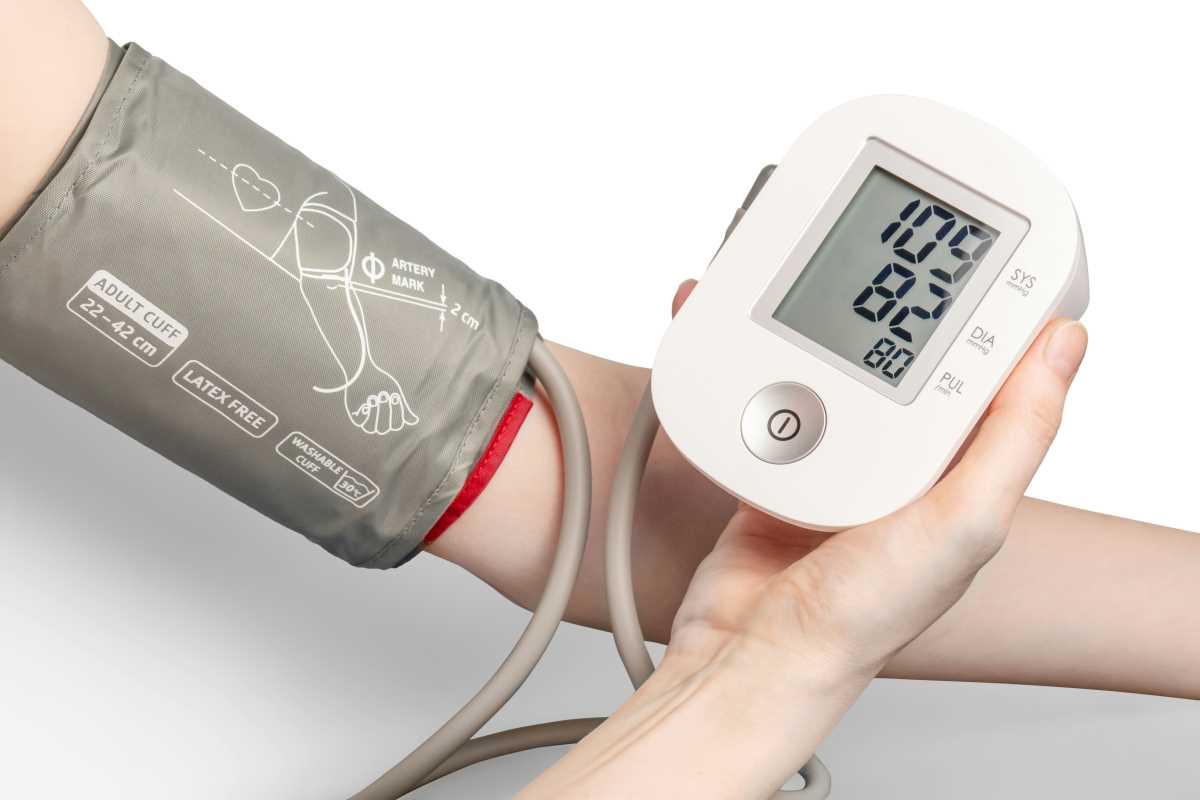 (Image via
(Image via


